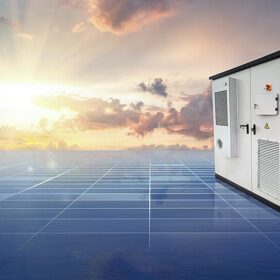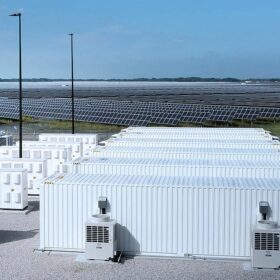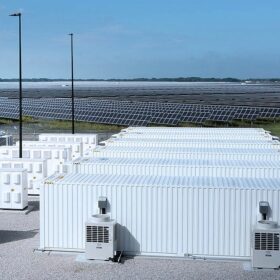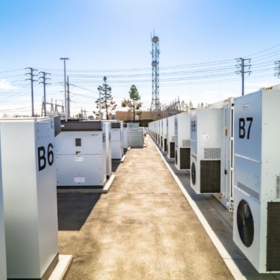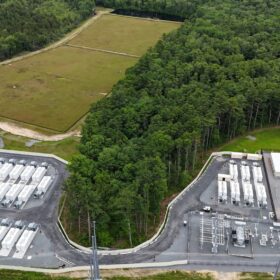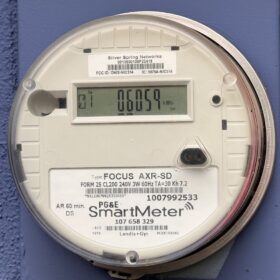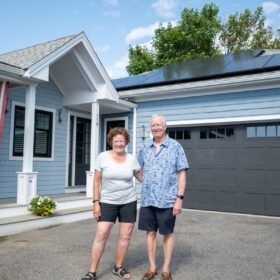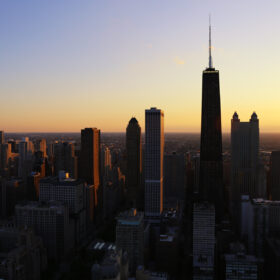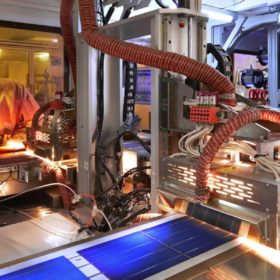U.S. Q3 energy storage deployment grows 31% year-over-year
Over 5.3 GW of energy storage was deployed in Q3 2025, said a report from Wood Mackenzie and the American Clean Power Association.
What to know about ERCOT’s new RTC+B program
Under the real-time co-optimization structure, batteries will be recognized as both generators and loads.
Solar and storage represent 91% of clean power additions in Q3 2025
Of the 11.7 GW of clean power capacity added in Q3 2025, utility-scale solar and battery energy storage accounted for 91% of the total, said a report from the American Clean Power Association.
800 MWh battery project reaches financial close for BrightNight and Cordelio Power in Washington
Power company BrightNight and joint venture partner Cordelio Power have announced the financial close of its Greenwater Energy Storage Project, a 200 MW / 800 MWh battery energy storage system (BESS) located in Pierce County, Washington, in the Pacific Northwest region.
U.S. battery fleet grows 59% with nearly 14 GW added in 12 months, says EIA
Data from the US Energy Information Administration (EIA) shows that battery energy storage and solar are dominating capacity additions, while fossil fuel capacity continues to net a decline. Another 22 GW of storage is projected for the coming year.
As BESS becomes more complex, EPCs need to front-load project activities
Early engagement with regulators, suppliers and first responders is essential, said a report from Fluence Energy.
Battery energy storage revenues for ancillary services fall nearly 90% in ERCOT
Revenues for ancillary services have fallen 90% since 2023. An Enverus report says market saturation is driving operators to seek other strategies.
United States recall targets 25,000 EcoFlow Delta Max 2000 units
The U.S. Consumer Product Safety Commission (CPSC) says EcoFlow is recalling about 25,030 Delta Max 2000 power stations after six reported fires caused more than USD 850,000 in property damage.
Fullmark Energy closes $46 million tax credit transfer for 120 MW / 290 MWh storage portfolio
Fullmark Energy completed the $46 million Investment Tax Credit transfer for its operational 125 MW / 290 MWh Redwood Projects energy storage portfolio in California.
Investors back battery expansion with new BrightNight and Plus Power deals
The deal for the new project in Arizona comes from a lending consortium, while Plus Power secures new funding to expand its New England footprint.
